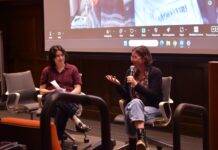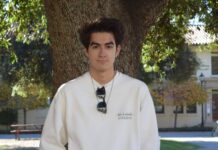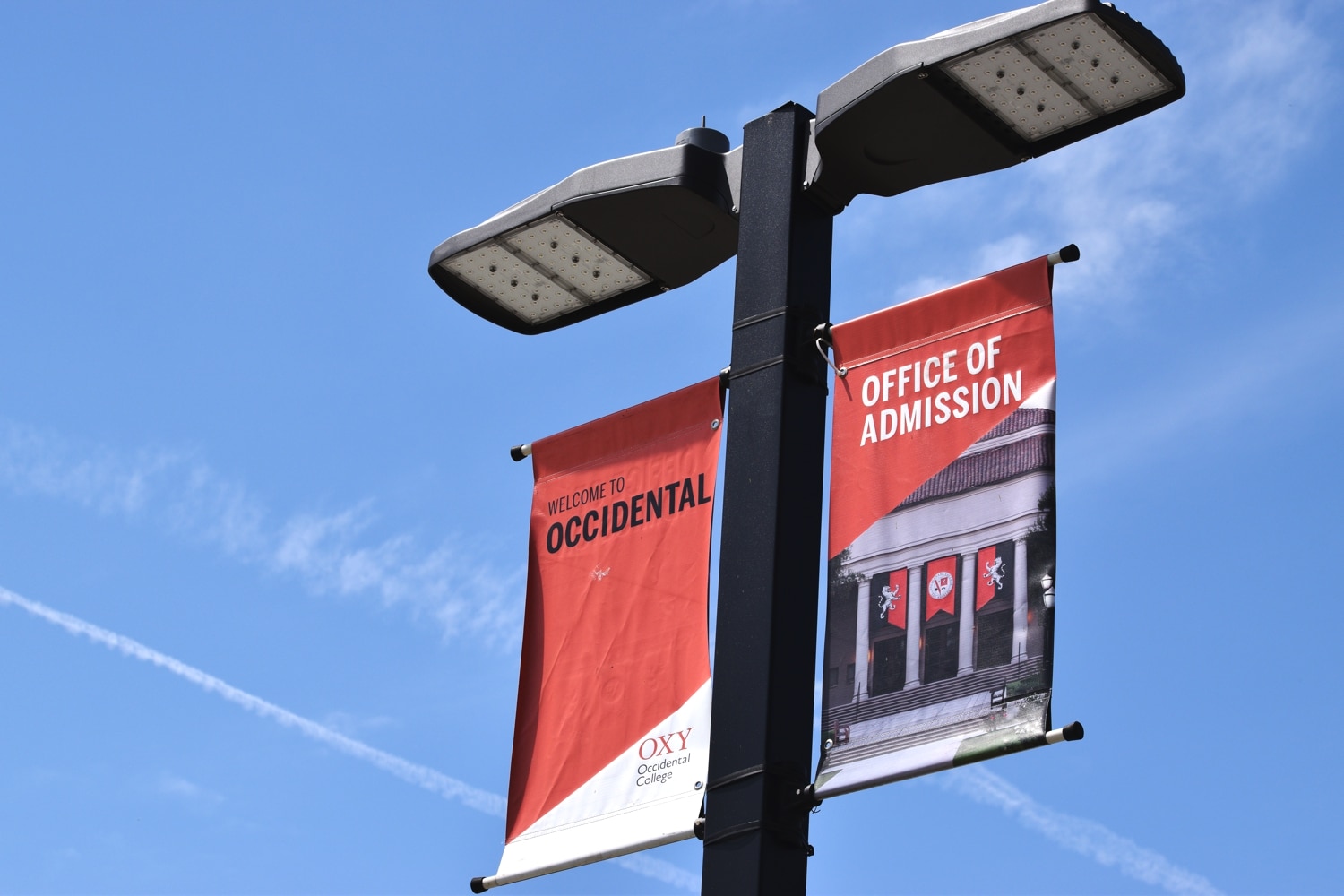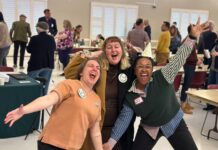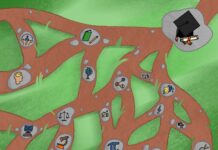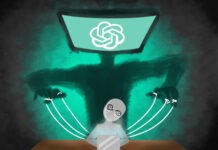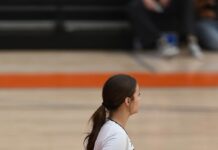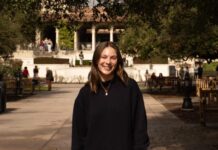It was only the second week of classes. I woke up with a dry throat, feeling congested. Oh no, I thought. Could it be what I’ve feared for the last five years? I sat down with a COVID-19 rapid test and hoped for the best. I’m sure it’s fine, I told myself, it’s probably just the LA summer air. Unfortunately, my worries became my reality when I saw two red lines appear, faster than I had ever seen them form after hundreds of tests since the pandemic started.
My mind went blank, and I didn’t know what to do. As I waited for the rest of the 15 minutes, I frantically researched what being COVID-positive on a college campus meant. Could I go back to my room? If not, where would I live now? Could I still go to classes? Could I still eat in the dining hall? Most of my questions went unanswered, as my search mostly turned up articles from the initial stages of the pandemic in 2020. The lack of up-to-date media coverage was the first sign of how challenging getting through this experience would prove to be.
I turned to the Emmons guidelines for COVID-19 with information from the state and county policies. The biggest surprise to me was how relaxed they had become. I remembered stories of other students who tested positive last year being forced to relocate to isolation housing or report test results to Emmons regularly, and I assumed that would not change going into this year. I was asymptomatic, which meant that I was required to wear a mask for 10 days, but I was surprised to learn that I was not required to isolate — I could still go to classes and eat in the dining halls.
This was when I realized that campus policies for addressing COVID-19 may not have been sufficient to contain the spread of the virus. Was I really supposed to attend over six hours of class the day immediately after testing positive? Out of fear of putting anyone else at risk, I emailed all of my professors to let them know that I would be staying home from class for the entire week. That seemed like enough time off to be able to resume my normal schedule safely. Fortunately, everyone was understanding of my situation and let me simply make up the readings from that week, or, in many cases, attend classes over Zoom. Distance learning flashbacks aside, I was grateful that so many people understood my concerns about putting myself in a position where infecting others seemed inevitable.
Staying home from classes ultimately proved the biggest challenge, because it showed me how strange the experience of having COVID-19 in college actually is — self-isolating, but in a public space and attending classes remotely but not remotely at the same time. I initially thought that the second week of the semester was one of the better times to have COVID-19, as most of my classes still hadn’t fully started with regular assignments, but that left me with very little to actually do during the day. I will always remember the tedium of that week, doom scrolling between meal times, trying to keep myself entertained.
Perhaps the most important lesson I learned from having COVID-19 at Oxy was that the responsibility of protection against it falls primarily on the student body. Five years into the pandemic, almost nobody even thinks about wearing masks, monitoring their own health and social distancing when appropriate. In many cases, students even reject masks or hand sanitizer when offered them. I keep thinking about all of the public spaces where I could have either been exposed to the virus or spread it to countless other people. How many people had I been in close proximity with over the last few weeks? Were any of them wearing masks? Were any of them immunocompromised or especially vulnerable? We need to be asking ourselves these questions, because COVID is still a legitimate threat to our health and safety.
At the end of the day, I wish the Oxy community was more aware of the risk that COVID-19 still poses. Five years into the pandemic, it’s still something we need to be cautious of. Even if we don’t have to mask 24/7 or do school remotely, the virus can create lasting, life-altering impacts for people with other disabilities or those who develop long-term health effects. If everyone made even small changes in their life, such as staying home when sick, wearing masks more frequently and washing their hands, perhaps as a campus we could overcome the spread of COVID-19 for good. Until then, more students like me will continue to face consequences and adapt to the ongoing challenges to public health.
Contact Clay Carson at carsonc@oxy.edu
![]()


